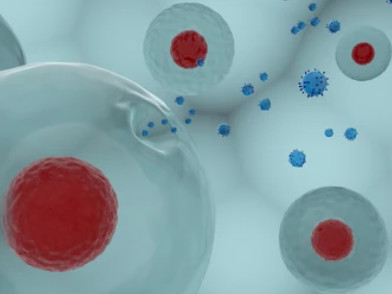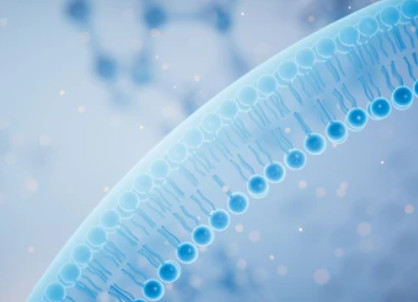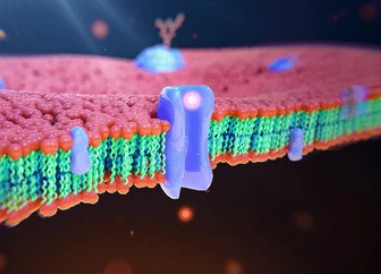Mitochondrial ROS Analysis
Online InquiryReactive oxygen species (ROS) are a group of unstable and highly reactive oxygen-containing molecules or free radicals. Under pathological conditions, the intracellular antioxidant system and oxygen radicals are disrupted, and the intracellular reactive oxygen species level is excessive, which can damage mitochondrial enzymes, lipids, and nucleic acids and cause oxidative stress in the body. At the same time, ROS can attack mitochondrial DNA to produce oxidative damage, leading to structural and functional changes such as reduced mitochondrial ATP synthesis and disruption of mitochondrial membrane potential. It is important to determine whether the mitochondrial function is normal by detecting the changes of ROS.
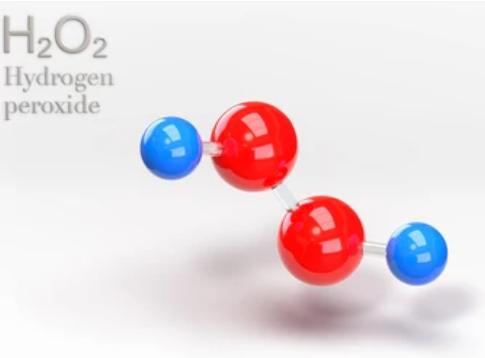
Mitochondrial ROS analysis service
Studies have shown that more than 95% of the body's ROS come from mitochondria, and oxidative stress due to their imbalance is associated with cell growth and proliferation, developmental differentiation, aging and apoptosis, and many physiological and pathological processes. Our ROS analysis services include the use of 2′,7′-Dichlorodihydrofluorescein diacetate (H2DCFDA), the most commonly used fluorescent dye to quantify intracellular ROS. H2DCFDA can cross the cell membrane freely and does not fluoresce by itself. After entering the cell, it can be hydrolyzed by intracellular esterases to generate DCFH, which does not permeate the cell membrane, so the probe can be easily accumulated in the cell. Intracellular ROS are able to oxidize non-fluorescent DCFH to generate fluorescent DCF. Green fluorescence intensity is proportional to the level of ROS. The fluorescence signal is detected at a maximum excitation wavelength of 480 nm and a maximum emission wavelength of 525 nm using fluorescence microscopy, flow cytometry or laser confocal microscopy.
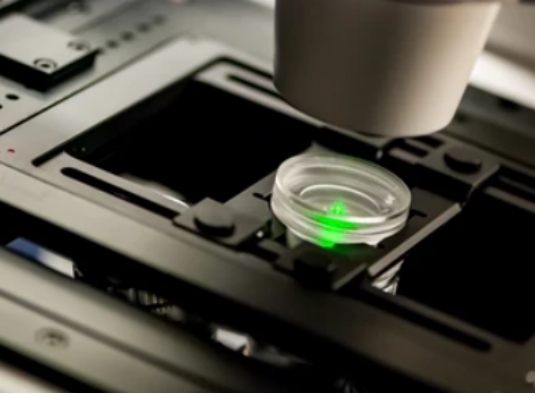
In addition, There are various types of ROS detection probes on the market, and we offer a customized one-stop mitochondrial ROS detection service. If a specific ROS, such as superoxide anion (O2 -), hydrogen peroxide (H2O2), or hydroxyl radical (OH), needs to be detected, we provide specific probes as needed. And we provide flow cytometry, fluorescence microscopy, laser confocal microscopy and microplate reader for the detection of different probes by various means, customized according to the actual needs of our customers.
Application of our service
- Disease diagnosis and monitoring: Mitochondrial dysfunction and oxidative stress have been implicated in a range of diseases. Analyzing mitochondrial ROS levels can help diagnose these diseases and monitor disease progression.
- Drug development: Mitochondrial ROS analysis can help identify potential therapeutic targets for drug development. Drugs that improve mitochondrial function or reduce oxidative stress could be effective in treating diseases.
Welcome to consult for details, we will develop a detailed service agreement according to your program and needs. For more experimental technology services, please browse the rest of our website or contact us.
Reference
- Wang, Qilong, and Ming-Hui Zou. "Measurement of reactive oxygen species (ROS) and mitochondrial ROS in AMPK knockout mice blood vessels." AMPK: Methods and Protocols (2018): 507-517.
Related Services
* For Research Use Only. Not for use in diagnostic procedures.



